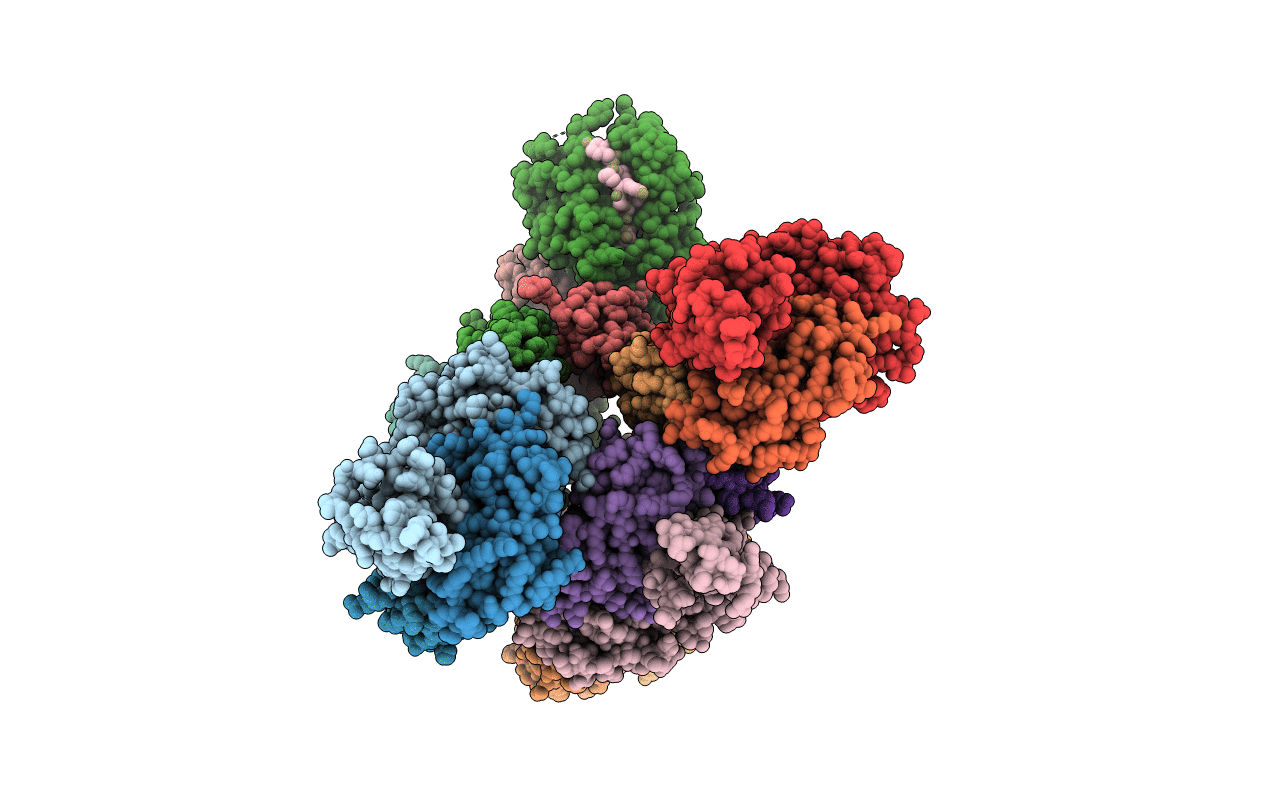
Deposition Date
2016-03-14
Release Date
2016-08-24
Last Version Date
2024-11-13
Entry Detail
PDB ID:
5IRO
Keywords:
Title:
Crystal structure of a complex between the Human adenovirus type 4 E3-19K protein and MHC class molecule HLA-A2/TAX
Biological Source:
Source Organism:
Homo sapiens (Taxon ID: 9606)
Human adenovirus E serotype 4 (Taxon ID: 28280)
Human T-lymphotropic virus 1 (Taxon ID: 11908)
Human adenovirus E serotype 4 (Taxon ID: 28280)
Human T-lymphotropic virus 1 (Taxon ID: 11908)
Host Organism:
Method Details:
Experimental Method:
Resolution:
2.64 Å
R-Value Free:
0.28
R-Value Work:
0.25
R-Value Observed:
0.25
Space Group:
P 3


